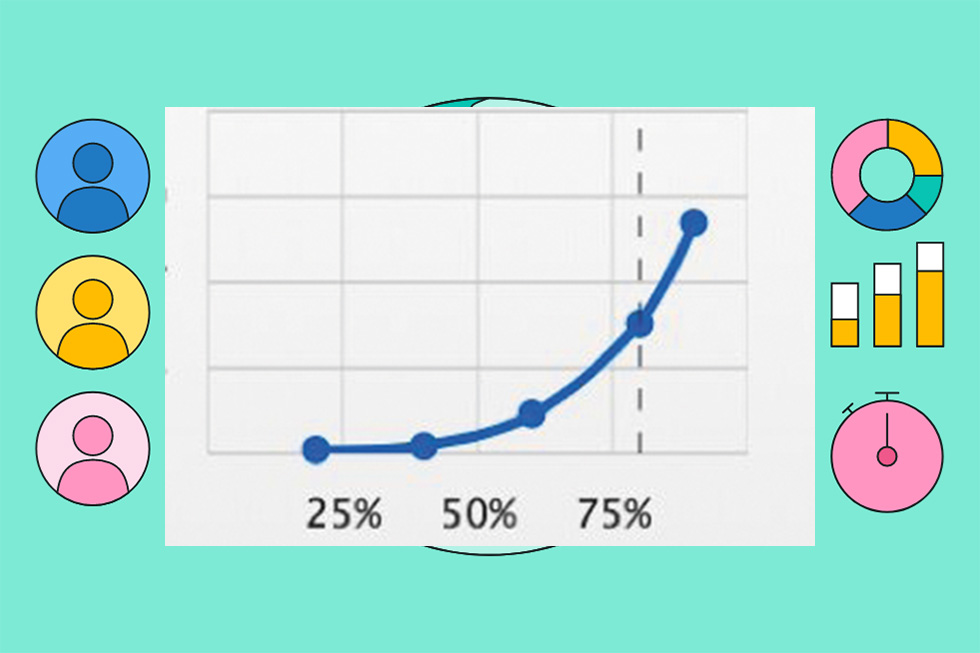Amazon market sellers are numerous, spanning many international locations, age teams, and causes for collaborating.
What follows is a abstract of demographic and psychographic information about sellers, relying totally on the Jungle Scout report, “The State of the Amazon Vendor 2020,” which was primarily based on interviews in late 2019 with 1,046 skilled Amazon sellers worldwide. Different information is from ecommerce intelligence agency Market Pulse.
Whereas 9.6 million third-party sellers are registered with the Amazon marketplaces, solely 2.6 million are energetic, in accordance with Market Pulse. Promoting on Amazon is the only real earnings supply for 21 % of market retailers, however 37 % have full-time jobs exterior of Amazon.
Demographics
- Market sellers stay in 93 international locations and vary from age 18 to over 80, in accordance with Jungle Scout.
- Fifty-two % of sellers reside within the U.S.; 8 % are in China; 7 % reside within the U.Ok.; 5 % stay in Canada.
- Many sellers function in a number of Amazon marketplaces. Chinese language sellers are transferring aggressively into marketplaces in Europe in addition to in the US.
- California has extra retailers than every other state at 18 % of the full for all sellers, globally.
- Seventy % of market sellers are male.
- Fifty-seven % of sellers are between ages 25 and 44, and 35 % are over age 45.
- Feminine sellers are older than male sellers.
- Fifty-four % of sellers have a bachelor’s diploma, and 23 % have a grasp’s diploma.
- Males spend extra time managing their Amazon enterprise than girls.
- Most Amazon sellers (57 %) commit lower than 20 hours per week to managing their Amazon enterprise.
- Males are extra doubtless to make use of the non-public label enterprise mannequin than girls.
- Dwelling and kitchen items are the most well-liked product classes for sellers, adopted by (i) toys and video games and (ii) sports activities and out of doors items.
Success
Sixty-six % of respondents use Success by Amazon solely, whereas 29 % use each FBA and Success by Service provider. Six % use FBM solely. FBA sellers consider non-public label gross sales, whereas FBM retailers primarily resell different manufacturers. FBA sellers spend extra launching their Amazon companies than FBM sellers. Nonetheless, FBM sellers have many extra product listings than FBA sellers.
As of Dec. 2019, FBM sellers have greater revenue margins and higher lifetime earnings than FBA sellers.
Handmade items have the very best revenue margin, with 28 % of those sellers reaching margins above 25 %.
Thirty-six % of Amazon market retailers have fewer than six merchandise listed. Conversely, 15 % have greater than 250 merchandise on the market on {the marketplace}. These retailers are sometimes aggregators who’ve purchased out smaller market sellers.
Monetary Information
In 2020, third-party market retailers offered $295 billion value of merchandise, in accordance with Market Pulse. Third-party gross sales grew 47.5 %, up $95 billion from 2019. Amazon’s personal gross sales (“first-party” gross sales) grew by $45 billion, from $135 billion to $180 billion, a progress of 33.3 %.
Revenues and earnings. Seventy-five % of Amazon market sellers earn greater than $1,000 a month in income. Thirty-nine % have gross sales in extra of $10,000 a month.
Two-thirds of sellers obtain revenue margins of greater than 10 %, and 36 % have revenue margins higher than 20 %. Solely 8 % of sellers acknowledged that they’d not achieved profitability. Sixty-seven % of sellers have been worthwhile inside a 12 months of promoting on {the marketplace}, and 80 % have been worthwhile inside two years.
Fifty-nine % of survey respondents spent lower than $5,000 to launch their Amazon enterprise, and that features the price of stock, charges, and promotion. Twenty-eight % spent lower than $1,000. Nonetheless, 21 % devoted greater than $10,000 to start-up prices.
Partnering with Amazon
Survey respondents appear proud of their Amazon relationship, as 92 % acknowledged they’d proceed to promote through {the marketplace}. Amazon’s dominance means the trail to profitability is usually simpler than promoting by their very own web sites.
Nonetheless, being depending on Amazon entails vital threat. Amazon can compete with third-party sellers with its personal non-public label manufacturers which are offered at decrease costs.
Fifty-eight % of Jungle Scout survey respondents mentioned that Amazon had made it tougher for them to compete of their product class in 2019. Fifty-three % complained that Amazon is immediately competing with them. An astounding 76 % of sellers expressed concern that Amazon would shut down their accounts or listings with out purpose.
Nonetheless, Amazon dominates ecommerce, and third-party retailers appear keen to tolerate the danger.











